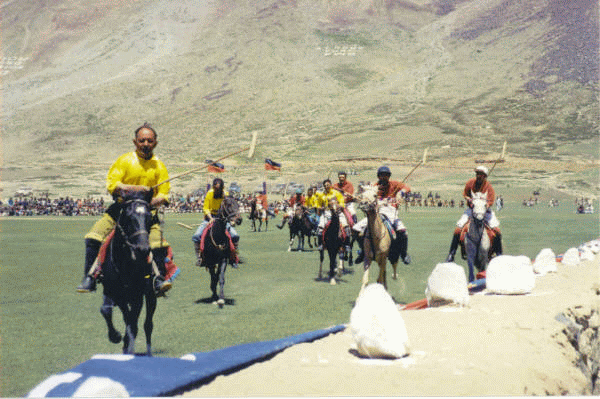John Lennon – once a young lad from Liverpool, made headlines as long as he lived, and even when he was murdered by a person who wanted to have John’s last autographs and become famous. He was a musician, writer and a great performer. His fame rose to the highest when he founded the erstwhile world famous band “The Beatles.” He along with Sir Pau McCartney wrote and composed some of the most melodious melodies of all times. He married Yoko Ono and continued to sing solos when The Beatles finally dissolved in the 70s.
8th December 1980 was a bad day for the music as on that day this great musician was murdered by one Mark David Chapman. As he came out of the Dakota Building, Mark, standing close to the main door came forward and asked Lennon, “John, will you sign this”, holding an LP of Lennon.
-->
Lennon replied, “Sure, no problem,” signed and then asked Mark, “Is that all you want?”. Mark replied, “Yes, thank you John.” And then took out his pistol and fired five bullets from a point blank range.
So that was an end of a great musician. I adored him too as The Beatles was and still one of my favourite bands and on 8th December 1980, I was in a wilderness when I heard the sad news on my pocket radio from BBC.
Like many, John continues to live in my heart. And many a countries have been issuing commemorative stamps (issued by Chad, Nicaragua and Guyana) to honour the great musician from time to time. Some of the stamps above are for the glory of the man, called John Lennon.










































